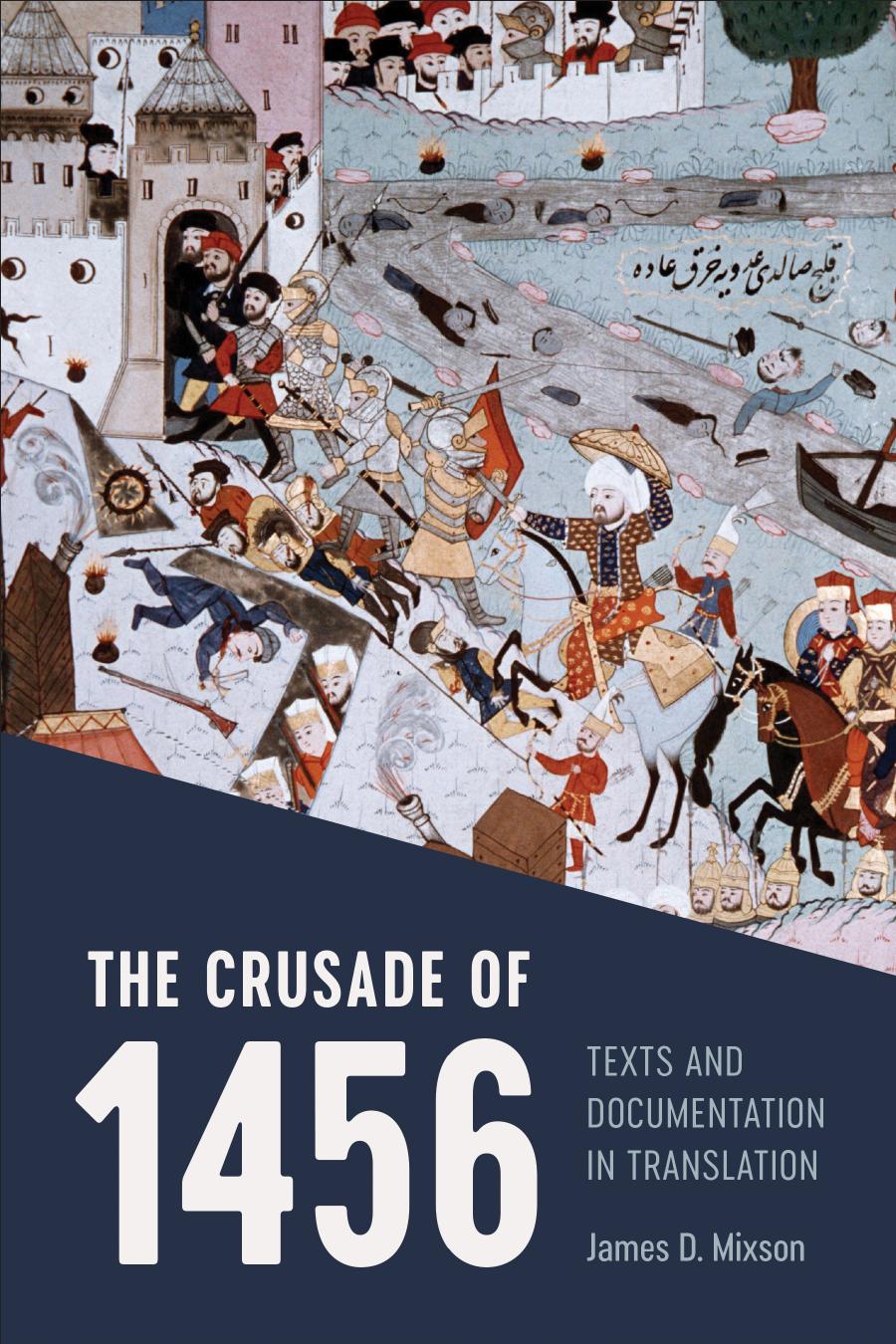

Most ebook files are in PDF format, so you can easily read them using various software such as Foxit Reader or directly on the Google Chrome browser.
Some ebook files are released by publishers in other formats such as .awz, .mobi, .epub, .fb2, etc. You may need to install specific software to read these formats on mobile/PC, such as Calibre.
Please read the tutorial at this link: https://ebookbell.com/faq
We offer FREE conversion to the popular formats you request; however, this may take some time. Therefore, right after payment, please email us, and we will try to provide the service as quickly as possible.
For some exceptional file formats or broken links (if any), please refrain from opening any disputes. Instead, email us first, and we will try to assist within a maximum of 6 hours.
EbookBell Team

5.0
50 reviews"In July 1456, a massive Turkish army settled in before Belgrade, an ancient city at the confluence of the Danube and Sava rivers. The army's leader was the 21-year-old Ottoman sultan Mehmed II, "the Conqueror," who had captured Constantinople only three years before. He now sought to take one of the most strategically important fortifications in all of southeastern Europe. Three weeks later, Mehmed's army was in full retreat, driven from Belgrade by a seasoned Hungarian warlord and his army, along with a ragtag force of ill-equipped crusaders. In The Crusade of 1456, James D. Mixson gathers together the key primary sources for understanding both the events that led to the siege of the city of Belgrade, and how those events lived on in European narrative and memory. Collectively, these sources--nearly all of them translated here for the first time--challenge readers with their variety: papal decrees, letters, liturgies, and chronicles from Latin, Byzantine, and Ottoman perspectives. They also confront readers with the difficulties of interpretation: the production and resonance of crusade propaganda, the complex nature of "eyewitness" sources, and the long-term process that transforms narrative and text into cultural memory. The book also includes an accessible introduction, timelines, and maps. Illuminating the many complexities of late medieval military, diplomatic, and cultural history, The Crusade of 1456 provides access to one of the most interesting yet neglected stories in the history of the crusades.
"--